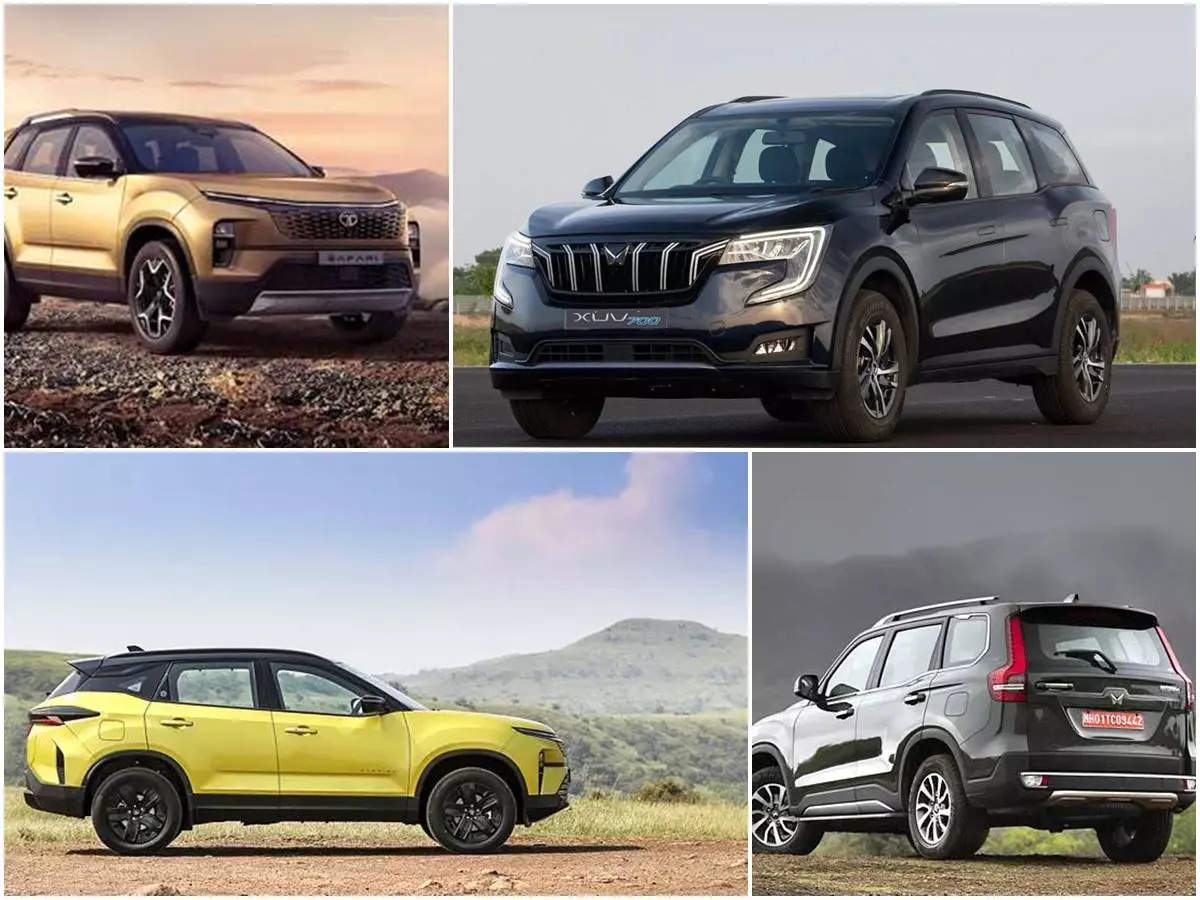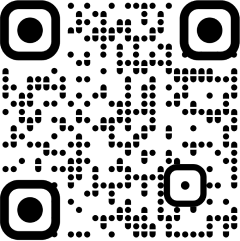
In 2019, Tata rekindled the large SUV market with the Harrier, based on the JLR platform, followed by its 6/7-seater version, the Safari, in 2021. Initially, the Harrier was underpowered with a 140 BHP engine compared to the Jeep Compass’s 170 BHP and lacked an automatic transmission. After a year, Tata upgraded the Harrier to 170 BHP and introduced a Hyundai-sourced 6-speed Torque Converter automatic transmission, boosting sales from around 1150 to 2330 monthly in 2021, 2688 in 2022, and 1970 in 2023. The 2023 facelift maintained sales at about 2000 monthly. The Safari enjoyed 1690 monthly sales in its first three years, rising to 2100 post-facelift.Mahindra’s XUV500 saw declining sales, averaging 650 in its final year. The XUV700, launched in 2021, dramatically improved sales, averaging over 6000 monthly for the last 24 months. The Scorpio-N, launched in 2022, replaced the aging Scorpio, increasing sales from 3-4k to over 10k in 2023 and 14.6k in 2024. Mahindra’s overall sales surged from 18-20k monthly to 36k in 2023, averaging 42k in the first five months of 2024. Mahindra’s success is attributed to its robust R&D, designing powerful engines and innovative cars.
How to read the numbers in the charts below?
- The line chart shows sales (OEMs to dealers).
- The red bar chart displays the annualized monthly compounded growth rate over the past 12 months, highlighting growth slowdowns. Mahindra SUVs have fewer dips below 0% CAGR, indicating stronger demand growth compared to Tata SUVs, which show more frequent dips.
Tata, though invested in new cars and EVs, lags in developing class-leading engines in-house. Their last in-house diesel engine, the 2.2-liter VARICOR in the Hexa, was discontinued in favor of Fiat-sourced engines for the Harrier and Safari.
This dependence has inflated costs, making the Tata Safari and Harrier less competitive against Mahindra’s XUV700, which offers AWD and more powerful engines at similar prices. The XUV700’s 185 BHP engine and AWD give it a perceived value advantage of 2-3 lakhs over the Safari.
Despite competition, Harrier and Safari sales remain stable. Mahindra has expanded the segment, offering great value and choice. The XUV700 has maintained over 6k monthly sales, though demand shows signs of slowing. The Safari’s sales momentum has plateaued post-facelift, with annualized CAGR showing dips. The Scorpio-N’s new platform and powerful engines have driven its success, even with recent slowdowns.
Tata’s Harrier faces challenges with declining sales momentum, overshadowed by the Safari due to a slim price difference. The Harrier, priced around 32 lakhs, competes with the Scorpio-N, which offers better features like 4WD and is cheaper by 2 lakhs. The Harrier’s ADAS features are outweighed by the Scorpio-N’s value proposition.
Mahindra and Tata dominate the large SUV segment with an 87% market share, followed by the MG Hector at 9.3%. High import costs hinder other players.
The BCG Matrix analysis places Tata’s Punch and Nexon as stars, and Altroz and Tiago as cash cows. However, the Safari and Harrier fall into the question mark category, indicating a need for Tata to enhance their value proposition.
Mahindra’s portfolio includes the XUV700 and Scorpio/Scorpio-N as stars and the Bolero as a cash cow, highlighting a strong market position. The XUV300 and Thar face challenges in the compact SUV segment.
The large SUV segment has a robust 45-50% CAGR, driven by Tata and Mahindra. Mahindra’s aggressive approach in designing feature-rich SUVs, especially with AWD and 4WD options, has given it a significant edge. Tata’s feedback mechanisms need to capture customer desires better, as evidenced by competitors’ sales. Customers may not always use certain features, but their absence can cause dissonance, a lesson Tata needs to heed.

















